In the vast universe of Chinese cuisine, soy sauce stands as an indispensable pillar. Among its many varieties, light soy sauce and dark soy sauce reign supreme, each playing distinct yet equally vital roles in the culinary landscape. While both originate from the same fermentation process, their applications, flavors, and visual impacts diverge significantly, creating a harmonious yin and yang in the wok.
The Genesis of Soy Sauce
To understand the difference between light and dark soy sauce, one must first appreciate their shared ancestry. Traditional soy sauce begins with soybeans and wheat, fermented over months—sometimes years—with salt and microbial cultures. This alchemy transforms humble ingredients into a complex, umami-rich liquid. Light soy sauce emerges earlier in this process, drawn off as the first extraction. Dark soy sauce, however, undergoes additional aging and often incorporates caramel or molasses, resulting in its characteristic viscosity and hue.
A Matter of Taste and Time
Light soy sauce serves as the workhorse of flavor. Its thinner consistency and saltier profile make it ideal for seasoning without overwhelming other ingredients. When chefs whisper about a dish needing "just a splash of soy," they typically mean the light variety. The fermentation period for light soy sauce tends to be shorter, preserving brighter, more pronounced notes that enhance rather than dominate. In contrast, dark soy sauce spends extended time in fermentation vessels, developing deeper, sweeter undertones with less salinity. The addition of caramel not only darkens its appearance but introduces subtle bitter-sweet complexities that would clash if used indiscriminately.
The Color Conundrum
Visual presentation holds immense importance in Chinese gastronomy, where "se eats with the eyes first" remains a guiding principle. Dark soy sauce functions primarily as a coloring agent, transforming pale proteins and starches into burnished masterpieces. A few drops can turn plain rice into something resembling antique mahogany, or give braised pork belly its iconic lacquered sheen. Light soy sauce contributes minimally to coloration, allowing ingredients to maintain their natural hues while absorbing its savory essence. This distinction becomes crucial in delicate dishes like steamed fish or stir-fried greens, where preserving original colors signifies freshness and quality.
Texture Tells the Tale
Viscosity further separates these two soy sauce siblings. Pour light soy sauce, and it flows like water—quick to disperse through a broth or marinade. Dark soy sauce coats the spoon, its syrupy nature making it perfect for glazes and reductions where cling matters. This textural difference influences application timing; chefs often add dark soy sauce during final cooking stages to prevent burning its sugars, while light soy sauce might join earlier to permeate ingredients thoroughly. The thickness also affects shelf behavior: dark soy sauce leaves dramatic streaks on container walls, while light soy sauce barely traces its path.
Culinary Missteps and Mastery
Novices frequently err by substituting one soy sauce for the other, with visually startling or gustatorily jarring results. Imagine mapo tofu made with dark soy sauce—the dish would resemble molten chocolate rather than its typical speckled beige. Conversely, using light soy sauce in red-cooked pork yields an anemic version lacking the dish's signature depth. Master chefs wield both varieties with precision, sometimes employing them in tandem: light for foundational seasoning, dark for finishing color. Regional variations exist too; Cantonese cuisine often prefers lighter hues, while Shanghainese dishes embrace darker tones.
Beyond the Wok
The distinction transcends stir-fries. Light soy sauce excels in dipping applications where clarity of flavor matters—think dumpling accompaniments or sushi shoyu. Dark soy sauce finds purpose in marinades that benefit from its caramelized sugars, like char siu pork. Even fusion cuisine observes these rules; chefs might use light soy sauce in Asian-inspired salad dressings to avoid muddling vibrant vegetables, while reserving dark for barbecue sauces requiring rich coloration. Understanding this duality unlocks authentic flavors in everything from humble home cooking to elaborate banquet dishes.
Modern Interpretations
Contemporary producers have expanded these categories with specialized offerings—light soy sauces aged in oak barrels, dark versions infused with mushrooms or spices. Yet the core philosophy persists: light for taste, dark for sight. Artisanal makers now label bottles with extraction numbers (like first-press olive oil) to denote quality grades within each type. Health-conscious variations also emerge, with reduced-sodium light soy sauces or dark soy sauces using unrefined sweeteners. Despite innovations, the fundamental yin-yang relationship between these two soy sauce varieties continues to define their roles in China's culinary canon.
From sizzling street food to imperial banquet delicacies, the dance between light and dark soy sauce persists as one of Chinese cooking's most elegant partnerships. Their differences—far from being arbitrary—reflect centuries of gastronomic wisdom about balancing flavor, appearance, and texture. To wield them skillfully requires understanding not just their chemical properties, but the cultural narratives they carry in every amber-hued drop.

By /Jul 31, 2025
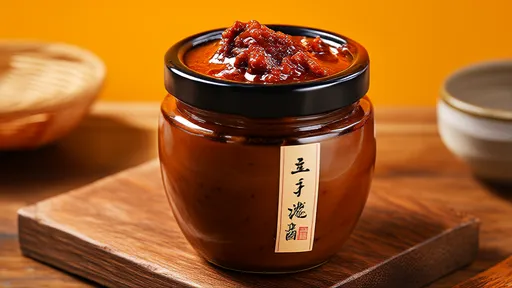
By /Jul 31, 2025
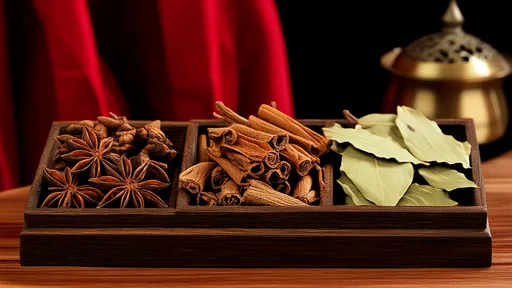
By /Jul 31, 2025
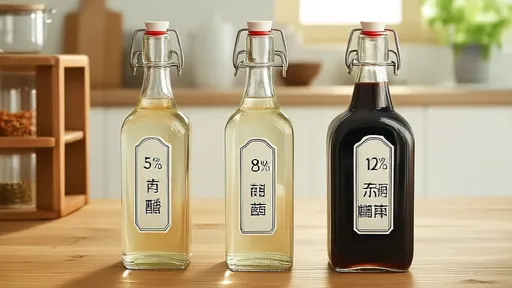
By /Jul 31, 2025
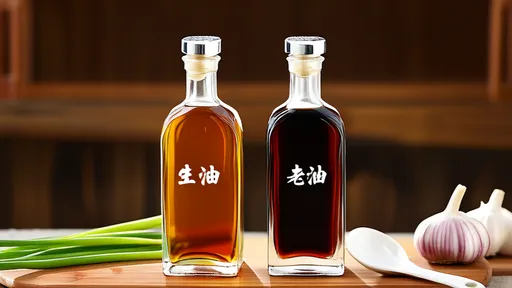
By /Jul 31, 2025
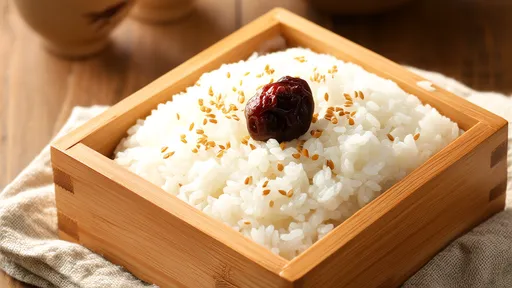
By /Jul 31, 2025

By /Jul 31, 2025

By /Jul 31, 2025

By /Jul 31, 2025

By /Jul 31, 2025

By /Jul 31, 2025

By /Jul 31, 2025

By /Jul 31, 2025

By /Jul 31, 2025

By /Jul 31, 2025

By /Jul 31, 2025

By /Jul 31, 2025
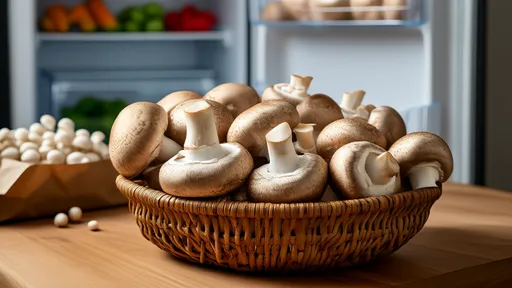
By /Jul 31, 2025

By /Jul 31, 2025
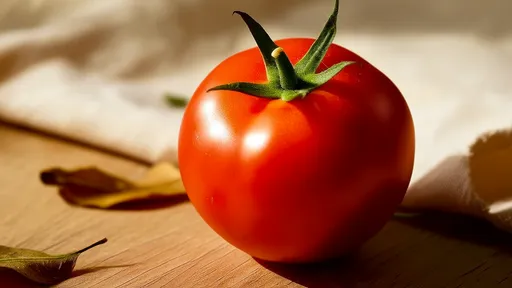
By /Jul 31, 2025